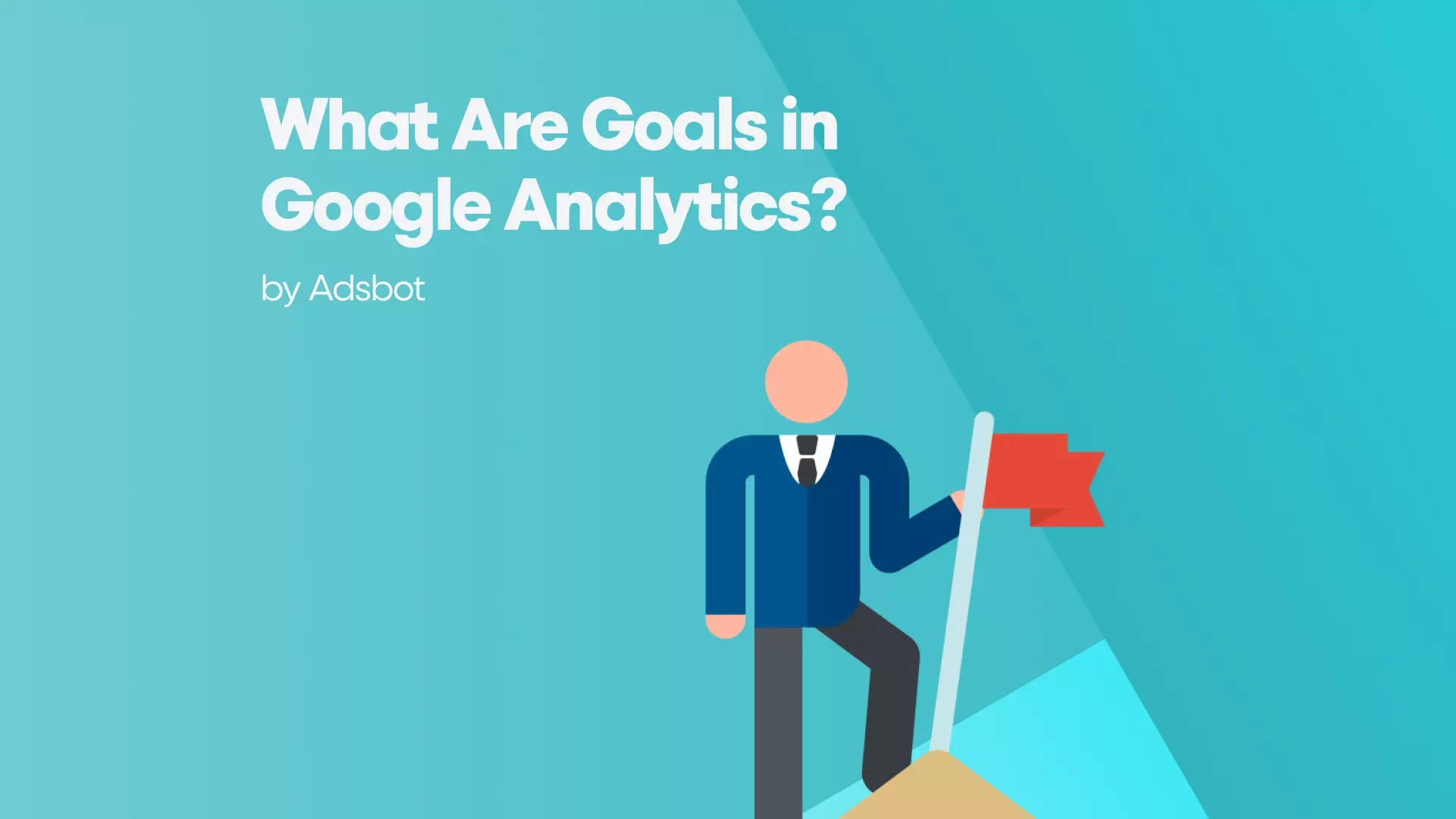Discover What Data Is Google Analytics Goals Unable to Track
Discover What Data Is Google Analytics Goals Unable to Track
Blog Article
Introducing the Blind Attractions: Understanding What Google Analytics Goals Can not Measure
In the realm of digital analytics, Google Analytics stands as a powerful tool for tracking and analyzing online user interactions. However, amid its robust capabilities, there exist unseen areas that commonly escape dimension. Recognizing what Google Analytics objectives can not determine is vital for getting a detailed view of user behavior and involvement. As we look into the intricacies of these unseen areas, we reveal a complicated web of uncharted regions that hold beneficial insights into customer activities and motivations, tough standard wisdom and shedding light on the constraints of our data-driven understanding.
User Behavior on External Operatings Systems
Understanding how customers interact on exterior platforms is important for maximizing online methods. Exterior systems, such as social networks networks, referral websites, and on-line forums, play a significant role in driving traffic to a company's website. By examining customer actions on these systems, businesses can get useful understandings right into the performance of their advertising efforts and the preferences of their target market.
One key facet of customer behavior on external systems is the recommendation resource. By tracking where the customers are originating from, companies can identify which systems are driving the most traffic to their web site. This information can assist companies designate their sources better, focusing on the platforms that yield the ideal results.

Offline Conversions and Communications
Evaluating customer habits on external systems offers valuable understandings right into on the internet strategies; nonetheless, thinking about offline conversions and communications is similarly important for a comprehensive understanding of a business's overall efficiency. Offline conversions, such as in-store purchases or phone queries, play a significant function in several services' success.

Attribution Beyond Last Click
When delving right into the world of electronic advertising analytics, it ends up being important to look beyond the solitary touchpoint of the last click for a much more thorough understanding of attribution. While Google Analytics supplies beneficial understandings into user behavior, depending exclusively on last-click acknowledgment can be restricting - what data is google analytics goals unable to track. Acknowledgment versions that Find Out More exceed the last click offer a more nuanced view of the client journey, taking into consideration all the touchpoints that cause a conversion
Attribution past the last click permits online marketers to designate credit scores to different interactions along the conversion course, providing a more clear picture of the effectiveness of different advertising and marketing channels. By exploring multi-touch attribution models such as linear, time degeneration, or position-based attribution, businesses can much better designate their marketing budgets and maximize their techniques for optimal impact.
Comprehending the influence of each touchpoint in the conversion process is essential for making notified choices and optimizing ROI. By welcoming attribution beyond the last click, businesses can obtain much deeper understandings into client habits and customize their advertising initiatives more successfully.
Cross-Device and Cross-Browser Tracking

Similarly, cross-browser tracking enhances cross-device monitoring by capturing individual behavior as they switch over in between various web internet browsers. Comprehending just how individuals communicate with websites on different browsers can aid marketers optimize their online experiences to make certain uniformity and performance across various systems.
Qualitative Data and Individual Intent
Recognizing user intent through qualitative information analysis is essential for developing targeted digital marketing strategies that reverberate with the requirements and choices of the target market. Qualitative information supplies insights right into the 'why' behind individual activities, clarifying inspirations, emotions, and choices that measurable data alone can not catch. By examining user responses, remarks, and interactions, online marketers can uncover useful info regarding user intent, enabling them to tailor their messaging, content, and offerings to better align with what their audience is looking for.
Qualitative data additionally helps in understanding the context in which customers involve with an internet site or application. This contextual understanding allows marketers to produce even more tailored and relevant experiences, eventually driving greater engagement and conversion rates. By diving right into customer intent through qualitative data analysis, organizations can get a much deeper understanding of their target market, bring about extra efficient advertising and marketing techniques that meet customers' requirements and expectations.
Conclusion
In final thought, Google Analytics goals have limitations in determining user habits on outside systems, offline conversions, attribution beyond last click, cross-device and cross-browser tracking, and qualitative information associated with individual intent. what data is google analytics goals unable to track. It is necessary for companies to be mindful of these helpful resources blind places in order to supplement their data analysis with other tools and approaches to acquire a much more detailed understanding of their target market and boost their general electronic advertising strategies
By assessing user actions on these platforms, businesses can get useful understandings into the effectiveness of their advertising and marketing efforts and the preferences of their target audience.
Evaluating user behavior on external platforms gives useful understandings into on the internet methods; nonetheless, thinking about offline conversions and communications is similarly vital for a detailed understanding of a company's total efficiency.In digital advertising and marketing analytics, moving past last-click attribution to check out cross-device and cross-browser tracking is important for gaining an all natural understanding of customer communications throughout different platforms and tools. By assessing customer comments, remarks, and interactions, marketing experts can reveal valuable details concerning user intent, permitting them to tailor their messaging, material, and offerings to better line up with what their target market is seeking.
By delving into individual intent with qualitative information evaluation, businesses can acquire a deeper understanding of their target audience, leading to extra efficient advertising techniques that fulfill individuals' expectations and requirements.
Report this page